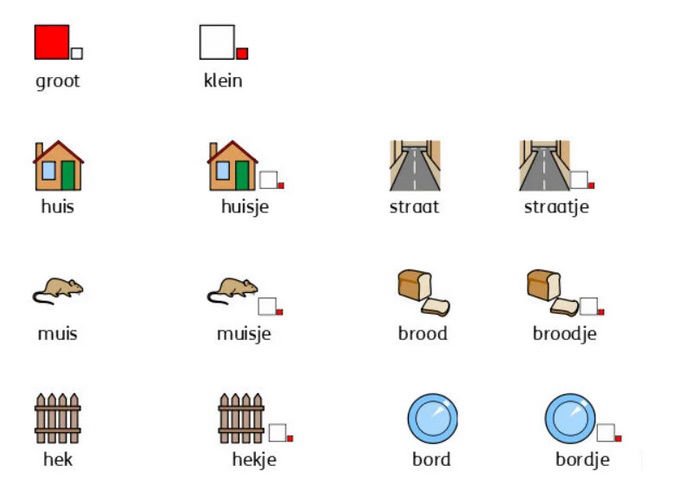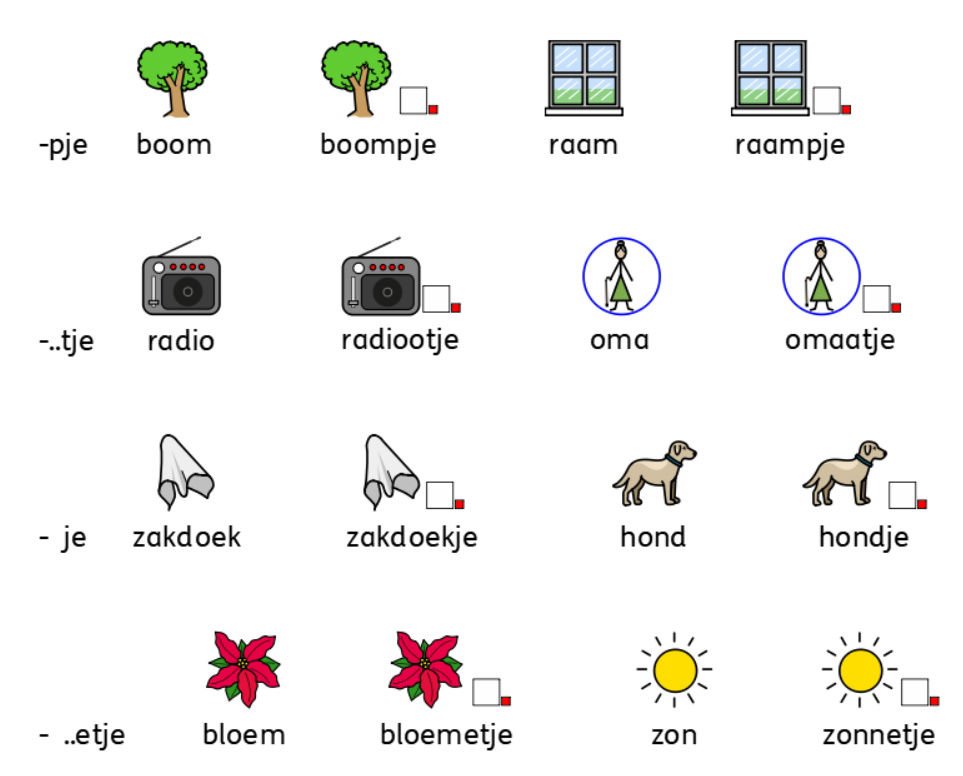Introduction
In Dutch, to indicate that a noun is smaller or a diminutive form, the suffix "-je" is added to the noun. This construction not only denotes a smaller size but can also express affection, familiarity, or even diminution in importance. The rules for forming diminutives can involve slight spelling changes depending on the ending of the noun. Here are some general guidelines:
-je: The most common diminutive suffix.
For example: "huis" (house) becomes "huisje" (little house), "boek" (book) becomes "boekje" (little book).
-tje: If the noun ends in a vowel, "-tje" is often added instead of "-je".
For example: "auto" (car) becomes "autootje" (little car), "oma" (grandma) becomes "omaatje" (little grandma).
-pje: If the noun ends in "-m", "-pje" is added.
For example: "boom" (tree) becomes "boompje" (little tree).
-etje: For some words ending in "-ing", "-etje" is added.
For example: "koning" (king) becomes "koninkje" (little king), though "koning" to "koninkje" is less straightforward and more an exception than a rule.
-sje: In some regions, particularly in the south of the Netherlands and in Belgian Dutch (Flemish), "-sje" is used.
For example: "huis" can become "huisje" in standard Dutch or "huuske/huusje" in southern dialects.
Note that the application of these rules can sometimes result in spelling changes to ensure the word remains phonetically consistent. For example, doubling a vowel to keep the short vowel sound before adding the diminutive suffix, or changing a final "d" to a "t" before adding the suffix.

